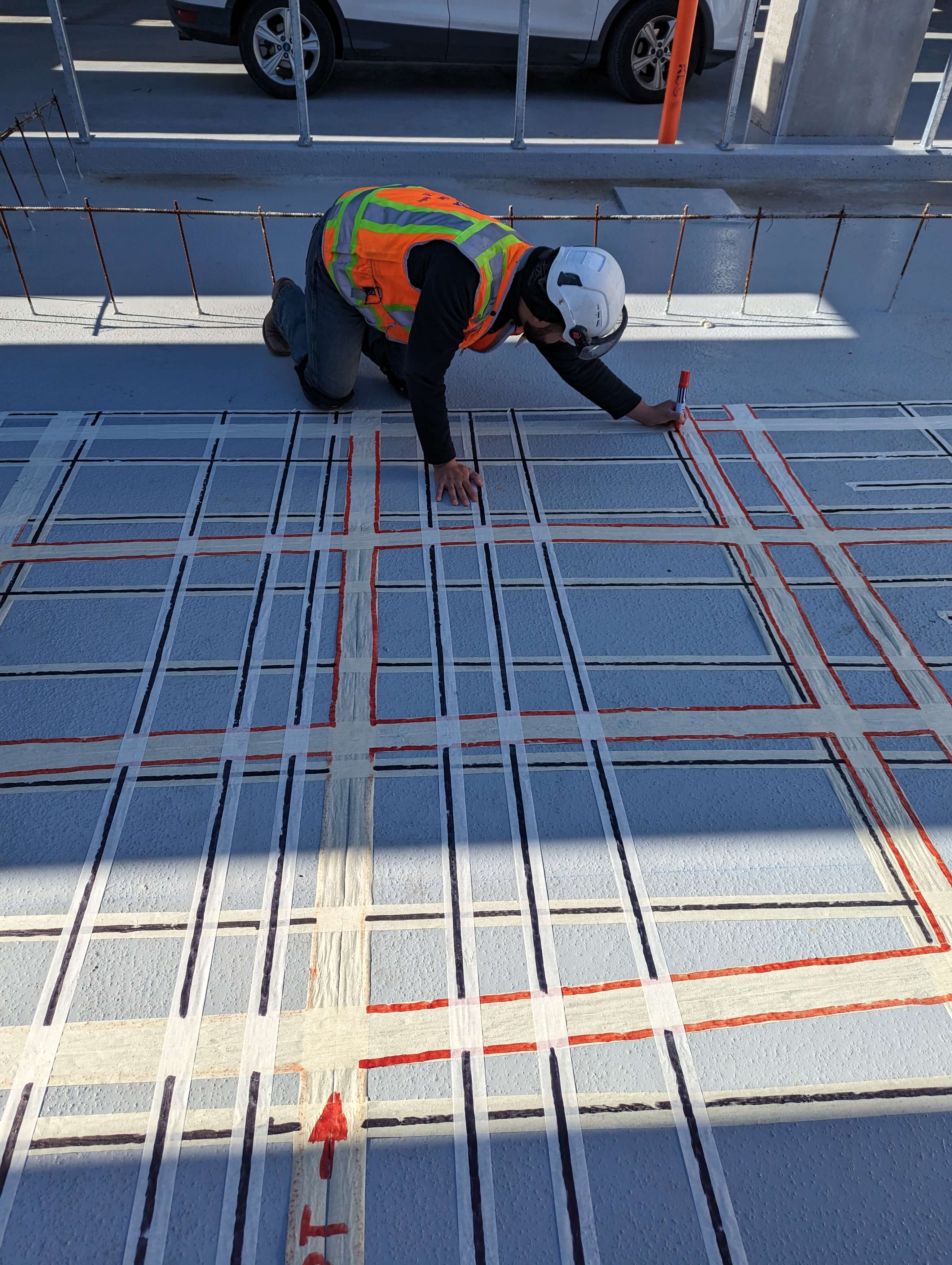Thorough Insights into Concrete Scanning Procedures
Thorough Insights into Concrete Scanning Procedures
Blog Article
Reveal the Transformative Power of Concrete Scanning in Maximizing Effectiveness and Safety
Concrete scanning has actually arised as a critical tool in the construction market, supplying unparalleled advantages in boosting project effectiveness and making certain safety criteria. By utilizing sophisticated modern technology, concrete scanning enables specialists to see beyond the surface area, uncovering covert intricacies that might influence the structural stability of a structure. The transformative power of concrete scanning depends on its capability to provide comprehensive insights and real-time information, transforming exactly how tasks are planned and performed. As we look into the intricacies of this cutting-edge technique, a globe of possibilities opens up, showcasing a brand-new period of building and construction practices that focus on precision and protection.
Importance of Concrete Scanning
Ensuring the architectural stability and security of construction tasks begins with the crucial step of conducting comprehensive concrete scanning. Concrete scanning is a non-destructive approach used to find and map subsurface elements within concrete frameworks.
Additionally, concrete scanning helps in maximizing project timelines and spending plan by avoiding unanticipated expenses and hold-ups that might occur due to unanticipated blockages within the concrete. Eventually, spending in extensive concrete scanning is a positive approach that enhances both performance and safety in building and construction tasks.
Just How Concrete Scanning Works
Concrete scanning runs as a crucial device in building projects by employing innovative technologies to detect and map subsurface elements without creating architectural damage. Ground Passing Through Radar (GPR) and Electromagnetic Induction (EMI) are two main methods used in concrete scanning.
During the scanning procedure, the data accumulated is analyzed in real-time, permitting instant identification of prospective dangers or barriers beneath the surface. By utilizing these innovative innovations, concrete scanning considerably reduces the risk of pricey problems and injuries on building and construction sites.
Benefits of Concrete Scanning
One of the key advantages of concrete scanning is the capability to identify and find ingrained items such as rebar, post-tension wires, and channels accurately. Concrete scanning helps in planning and making a lot more effectively, as it gives specific info concerning the place and deepness of architectural components.

Study: Concrete Scanning Success

In one more case, a building firm utilized 3D concrete scanning to examine the problem old concrete structures in a historic building. The in-depth scans given valuable insights into the degree of deterioration and helped prioritize maintenance initiatives effectively. By proactively attending to locations of concern determined via scanning, the business had the ability to expand the lifespan of the structure and guarantee resident security.
These study highlight the transformative power of concrete scanning in boosting performance, precision, and safety and security in building and construction projects.
Applying Concrete Scanning in Projects
Applying innovative scanning technologies during construction projects has actually ended up being significantly crucial for enhancing accuracy and safety and security. By integrating concrete scanning into project planning and implementation, construction groups can recognize potential hazards, such as rebar or post-tension cables, concealed within concrete frameworks. This aggressive technique decreases the risk of crashes, hold-ups, and expensive rework, ultimately leading to more reliable job timelines and budget plans.
To execute concrete scanning successfully, project managers should team up very closely with seasoned scanning specialists to figure out one of the most appropriate scanning methods for home the details job needs. Involving scanning experts from the beginning of a task makes it possible for the group to produce thorough scanning plans that deal with vital locations of issue and guarantee detailed data collection.
Furthermore, including concrete scanning into normal task process can streamline decision-making procedures, as real-time check data gives instant insights right into the problem of concrete structures - Concrete Scanning. This data-driven strategy helps with educated analytic and enables teams to make changes quickly, cultivating a culture of performance and safety throughout the job lifecycle

Verdict
To conclude, concrete scanning plays an essential function in improving performance and safety in construction jobs. By making use of advanced modern technology to map and spot out underlying structures within concrete, this procedure assists to prevent expensive errors, make sure architectural honesty, and decrease threats on site. With the ability to discover covert aspects and supply precise information, concrete scanning confirms to be a beneficial device for optimizing job outcomes and making the most of overall success.
Concrete scanning is a non-destructive technique made use of to identify and map subsurface elements within concrete frameworks. In addition, concrete scanning assists in maximizing job timelines and budget by avoiding unexpected expenses and hold-ups that may arise due to unexpected blockages within the concrete. One significant situation research study involves a large improvement task where concrete scanning played a crucial duty in ensuring task success.In one more situation, a building learn the facts here now company made use of 3D concrete scanning to examine the condition of maturing concrete frameworks in a historical structure. By integrating concrete scanning right into job planning and execution, building teams can recognize potential threats, such as rebar or post-tension cords, hidden within concrete frameworks.
Report this page